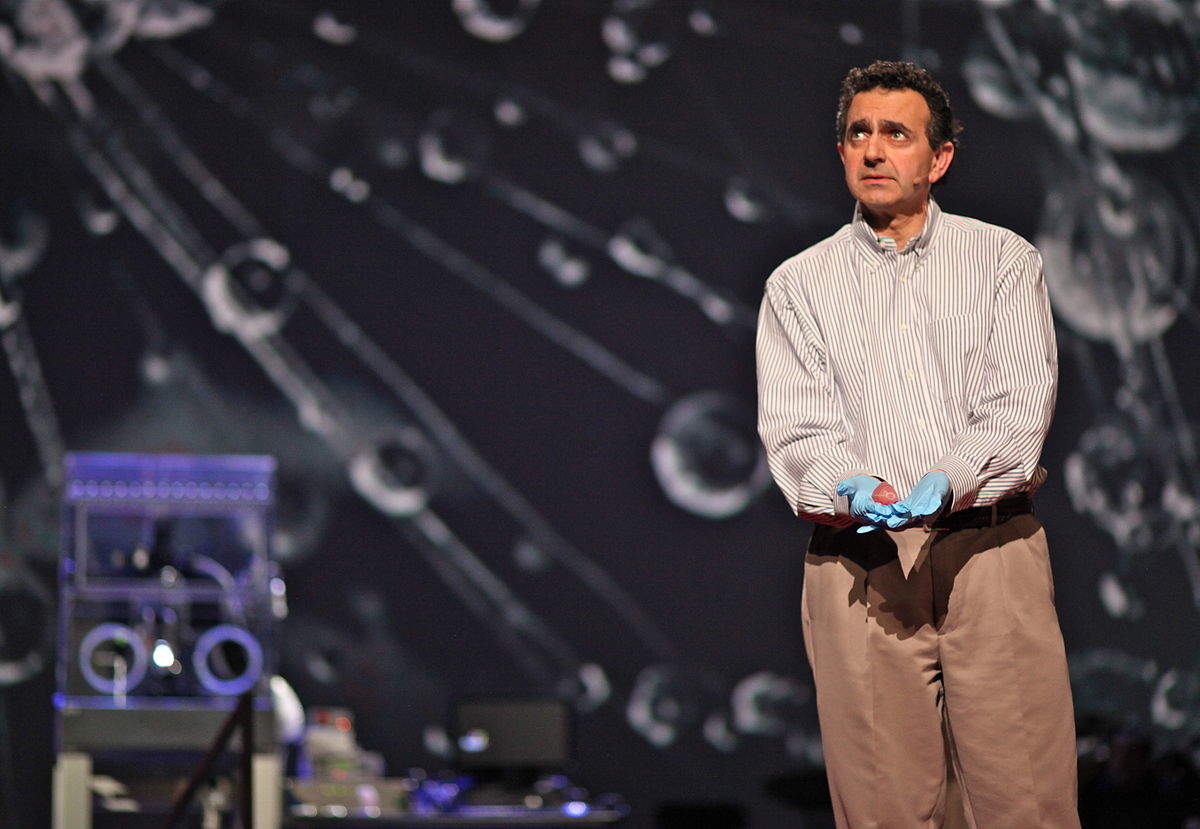At the end of June, Biolife4D announced it had successfully 3D printed human cardiac tissue in patch form. The cardiac patch was printed in a number of days, rather than the timeframe of six to eight months predicted in scientific literature. Innovations such as Biolife4D’s are part of the next wave of medical advancement that will produce novel patient therapies: bioprinting.
Bioprinting is a form of 3D printing that employs living cells, or “bioink,” as the printing material. Generally, bioink is deposited onto a gel in layers, resulting in a 3D-printed biological structure. In addition to Biolife4D, other companies such as Organovo and TeVido BioDevices are innovating with proprietary bioprinting technologies. Biolife4D’s technique utilises a patient’s own white blood cells, which are reprogrammed into induced pluripotent stem cells and then cardiac cells. Similarly, TeVido is developing nipple reconstruction implants for breast cancer survivors by employing a patient’s own skin cells in a proprietary process. Organovo creates functional 3D human tissue products using the company’s proprietary NovoGen Bioprinters and bioink technology, which minimise the use of biomaterials other than human cells and allow dense cellularity in the resulting tissue. Organovo’s first program is targeting rare liver disease.
Bioprinted tissue holds a wealth of promise for the future of healthcare. Tissue can be utilised for drug development and safety, as well as other medical research efforts. In the future, the aim is to create replacement organs for patients in need of a transplant. According to UNOS, nearly 15,000 patients in the US are currently on the organ transplant waiting list and 20 patients die each day, on average, while waiting for a transplant. The need for organ transplants continues to far exceed the number of registered donors, leaving patients with no option but to wait. Advancements in bioprinting capabilities aim to one day 3D print an entire functioning organ, complete with all component parts, for transplant patients. After successfully bioprinting a cardiac patch, Biolife4D has now focused attention on printing heart constructs, such as heart valves and blood vessels, in the quest to bioprint a full human heart.
Although bioprinting is still in relatively early stages of development, other 3D printing techniques such as selective laser sintering and material jetting are already employed in the medical device industry to create a variety of products, such as surgical guides and patient-specific orthopaedic implants. With the progression of bioprinting technology, 3D printing will have an even greater impact on patient treatment through evolving drug therapies and engineered organ replacements.
How well do you really know your competitors?
Access the most comprehensive Company Profiles on the market, powered by GlobalData. Save hours of research. Gain competitive edge.

Thank you!
Your download email will arrive shortly
Not ready to buy yet? Download a free sample
We are confident about the unique quality of our Company Profiles. However, we want you to make the most beneficial decision for your business, so we offer a free sample that you can download by submitting the below form
By GlobalData








Related Company Profiles
TeVido BioDevices LLC
BioLife4D Corp
Organovo Inc